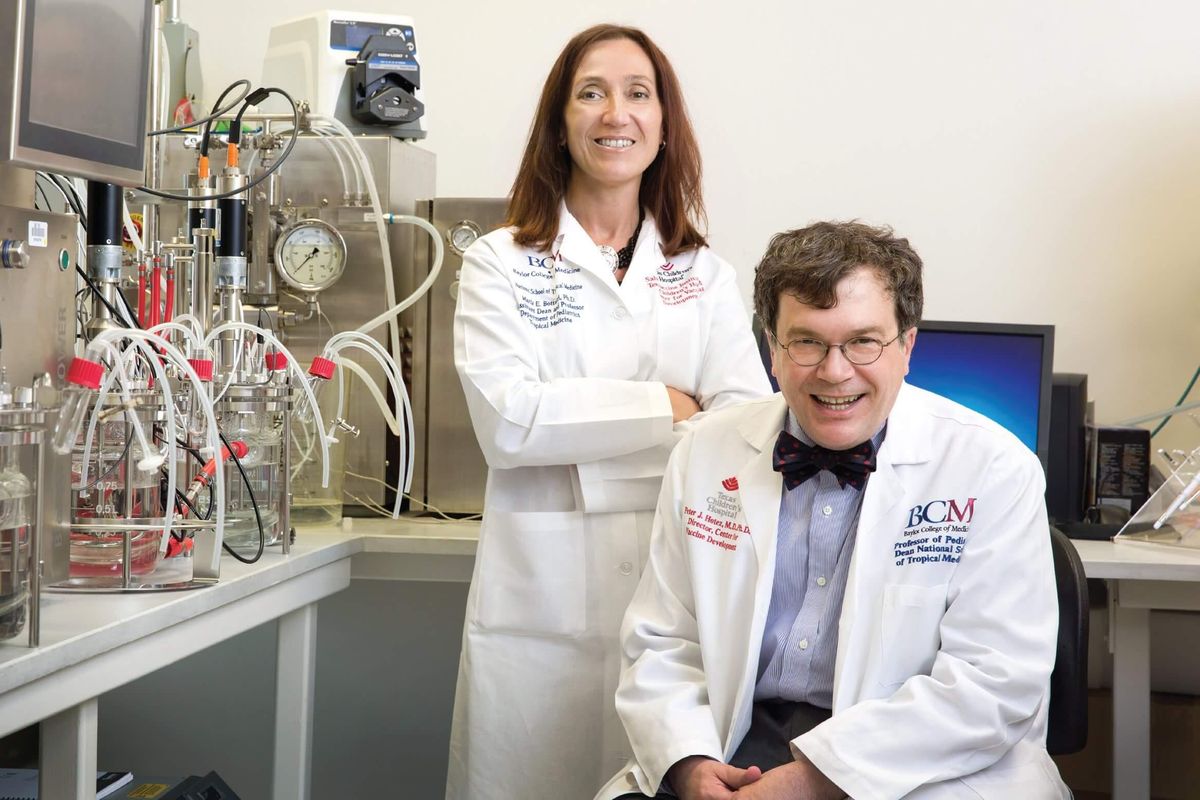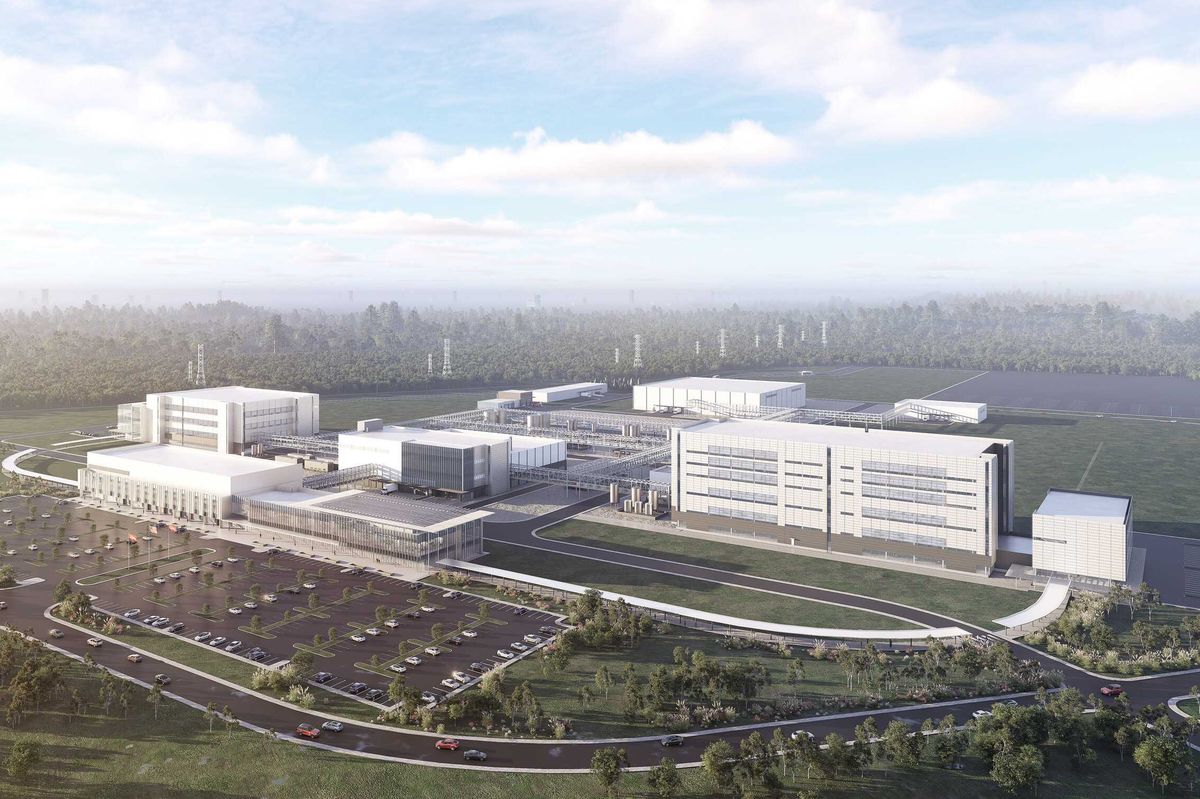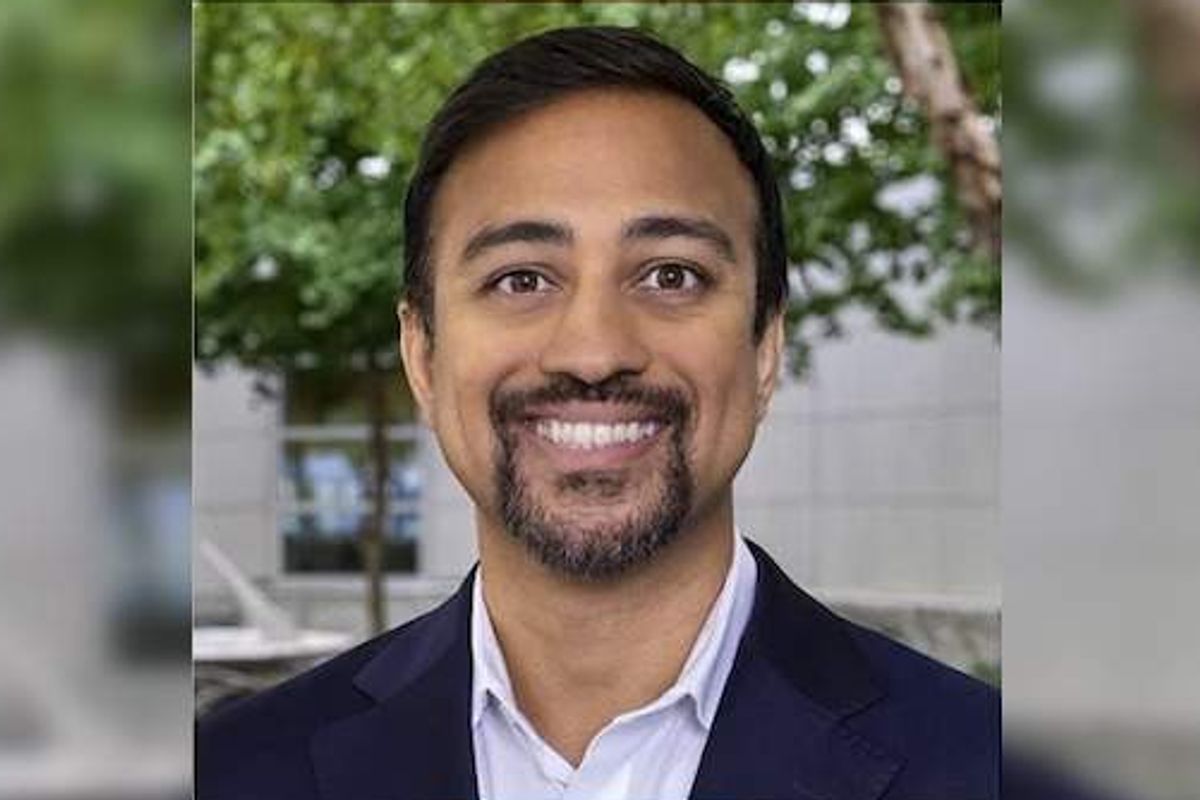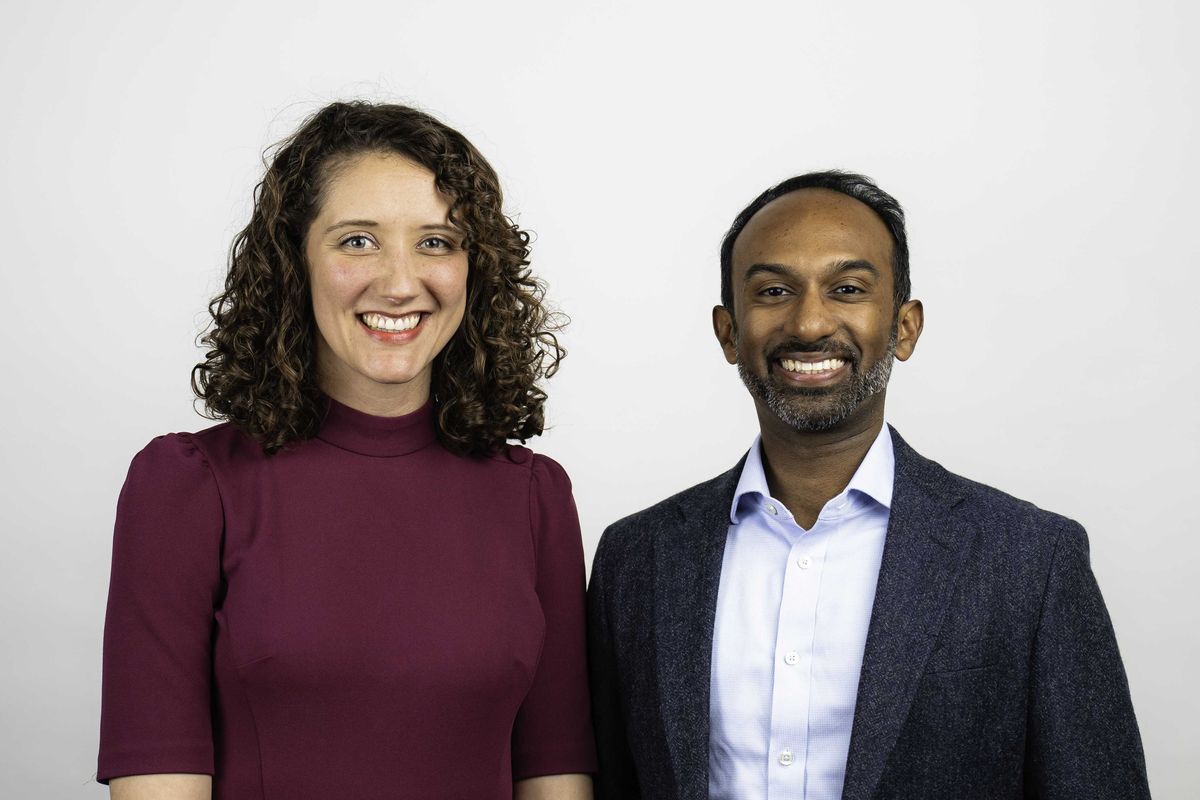Houston institutions launch Project Metis to position region as global leader in brain health
brain trust
Leaders in Houston's health care and innovation sectors have joined the Center for Houston’s Future to launch an initiative that aims to make the Greater Houston Area "the global leader of brain health."
The multi-year Project Metis, named after the Greek goddess of wisdom and deep thought, will be led by the newly formed Rice Brain Institute, The University of Texas Medical Branch's Moody Brain Health Institute and Memorial Hermann’s comprehensive neurology care department. The initiative comes on the heels of Texas voters overwhelmingly approving a ballot measure to launch the $3 billion, state-funded Dementia Prevention and Research Institute of Texas (DPRIT).
According to organizers, initial plans for Project Metis include:
- Creating working teams focused on brain health across all life stages, science and medical advances, and innovation and commercialization
- Developing a regional Brain Health Index to track progress and equity
- Implanting pilot projects in areas such as clinical care, education and workplace wellness
- Sharing Houston’s progress and learnings at major international forums, including Davos and the UN General Assembly
The initiative will be chaired by:
- Founding Chair: Dr. Jochen Reiser, President of UTMB and CEO of the UTMB Health System
- Project Chair: Amy Dittmar, Howard R. Hughes Provost and Executive Vice President of Rice University
- Project Chair: Dr. David L. Callender, President and CEO of Memorial Hermann Health System
The leaders will work with David Gow, Center for Houston’s Future president and CEO. Gow is the founder and chairman of Gow Media, InnovationMap's parent company.
“Now is exactly the right time for Project Metis and the Houston-Galveston Region is exactly the right place,” Gow said in a news release. “Texas voters, by approving the state-funded Dementia Prevention Institute, have shown a strong commitment to brain health, as scientific advances continue daily. The initiative aims to harness the Houston’s regions unique strengths: its concentration of leading medical and academic institutions, a vibrant innovation ecosystem, and a history of entrepreneurial leadership in health and life sciences.”
Lime Rock Resources, BP and The University of Texas MD Anderson Cancer Center served as early steering members for Project Metis. HKS, Houston Methodist and the American Psychiatric Association Foundation have also supported the project.
An estimated 460,000 Texans are living with dementia, according to the Alzheimer’s Association, and more than one million caregivers support them.
“Through our work, we see both the immense human toll of brain-related illness and the tremendous potential of early intervention, coordinated care and long-term prevention," Callender added in the release. "That’s why this bold new initiative matters so much."




















